 home / Insecta · vabzdžiai / Coleoptera · vabalai / Chrysomelidae · lapgraužiai / Phaedon armoraciae · šlapyninis žėrulis
home / Insecta · vabzdžiai / Coleoptera · vabalai / Chrysomelidae · lapgraužiai / Phaedon armoraciae · šlapyninis žėrulis
creation date

-
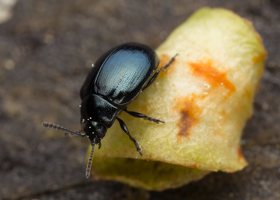 Phaedon armoraciae · šlapyninis žėrulis
Phaedon armoraciae · šlapyninis žėrulis
-
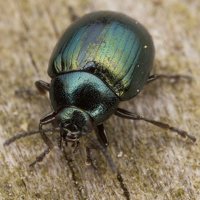 Phaedon armoraciae · šlapyninis žėrulis
Phaedon armoraciae · šlapyninis žėrulis
-
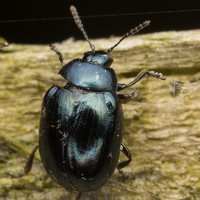 Phaedon armoraciae · šlapyninis žėrulis
Phaedon armoraciae · šlapyninis žėrulis
-
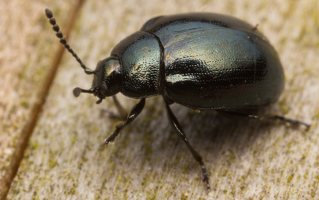 Phaedon armoraciae · šlapyninis žėrulis
Phaedon armoraciae · šlapyninis žėrulis
-
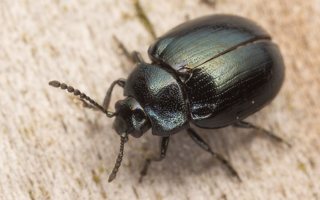 Phaedon armoraciae · šlapyninis žėrulis
Phaedon armoraciae · šlapyninis žėrulis
-
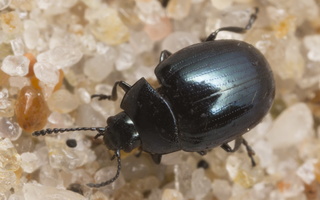 Phaedon armoraciae · šlapyninis žėrulis
Phaedon armoraciae · šlapyninis žėrulis
-
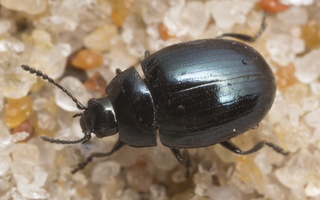 Phaedon armoraciae · šlapyninis žėrulis
Phaedon armoraciae · šlapyninis žėrulis
- Äikäjuurikuoriainen
- šlapyninis žėrulis, faidonas
- Beekpungehaantje
- Storstrandbladbille
- żaczka przetacznikówka
- Bäckveronikebagge
It is found in the Palearctic. The species is widespread in Europe; it has been introduced into North America. Typical habitats are wetland margins; ponds, reservoirs, and slow moving streams, but they are also occasionally found far from water. The larvae develop on brooklime (Veronica beccabunga).
This is a truly Holarctic species; it occurs commonly throughout Europe and Asia Minor, and east through the Caucasus to Siberia, Kazakhstan, Mongolia, China and Japan. Common and widespread in the United States and Canada. In the U.K. it is common throughout England and Wales, including the islands, and there are records scattered through Scotland and Ireland. Locally in South Hertfordshire it is generally abundant in suitable habitats. Typical habitats are wetland margins; ponds, reservoirs, and slow moving streams, but they are also occasionally found far from water. Host plants are usually marginals; Rorippa nasturtium-aquaticum (water-cress), Myosotis secunda (creeping forget-me-not), Hippuris vulgaris (mare’s tail), Veronica beccabunga (brooklime), Veronica scutellata (marsh speedwell) as well as other species. Adults overwinter among grass tussocks, matted vegetation, or under bark and logs, often some distance from water. They appear in March or April, depending on season, and are soon common on waterside vegetation as well as on flowers e.g. Caltha (marsh marigold) and Ranunculus spp. (crowsfoots etc.). Oviposition occurs early in the year and larvae may be found from mid April. Full grown (third instar) larvae occur from June and are usually obvious; dark grey or brown and swollen, with several rows of black, spine bearing tubercles along the body. They may be found on the underside of leaves and accumulations or trails of frass are usually evident close to ragged feeding holes starting near to the mid ribs. By July or August the plants display signs of extensive grazing. Full grown larvae descend and burrow into the soil where they construct a cell for pupation. New generation adults appear during July, August and September.
Sometimes found with P. cochleariae (Fab.), which is superficially similar, but the antennal colouration, humeral convexity and deepened base of the fifth stria should be obvious in the field with a lens.
3.5-4.7 mm. although smaller specimens occasionally occur. Body usually entirely bright metallic blue although completely black specimens are sometimes found. Antennae inserted much further apart than the length of the first segment, entirely dark and metallic including the underside of the two basal segments (cf. P. cochleariae (Fab.), basal segments glabrous and narrow, segments 7-11 broader and pubescent. Head finely punctured throughout and with an angled impression between antennal insertions. Pronotum transverse, broadest across the base and curved laterally to protruding anterior angles, lateral margins finely bordered and the entire surface evenly punctured, about as strongly as the head or sometimes a little more coarsely towards sides (cf. P. tumidulus (Germ.)). Scutellum shiny and smooth, contrasting against the punctured pronotum and elytra. Elytra with 9 moderately strongly punctured striae, the outer stria weaker and more sparsely punctured, interstices finely and randomly punctured (X20). Base of the fifth stria deepened inside a (usually) strong humeral callus, the sixth stria usually shallower than fifth, and the sixth and seventh traversing the callus (cf. P. cochleariae). Terminal abdominal sternite with pale brown margin about as wide as the dark basal half (cf. P. cochleariae), entire underside otherwise dark metallic. All legs dark metallic. Basal pro-tarsal segments dilated in male.